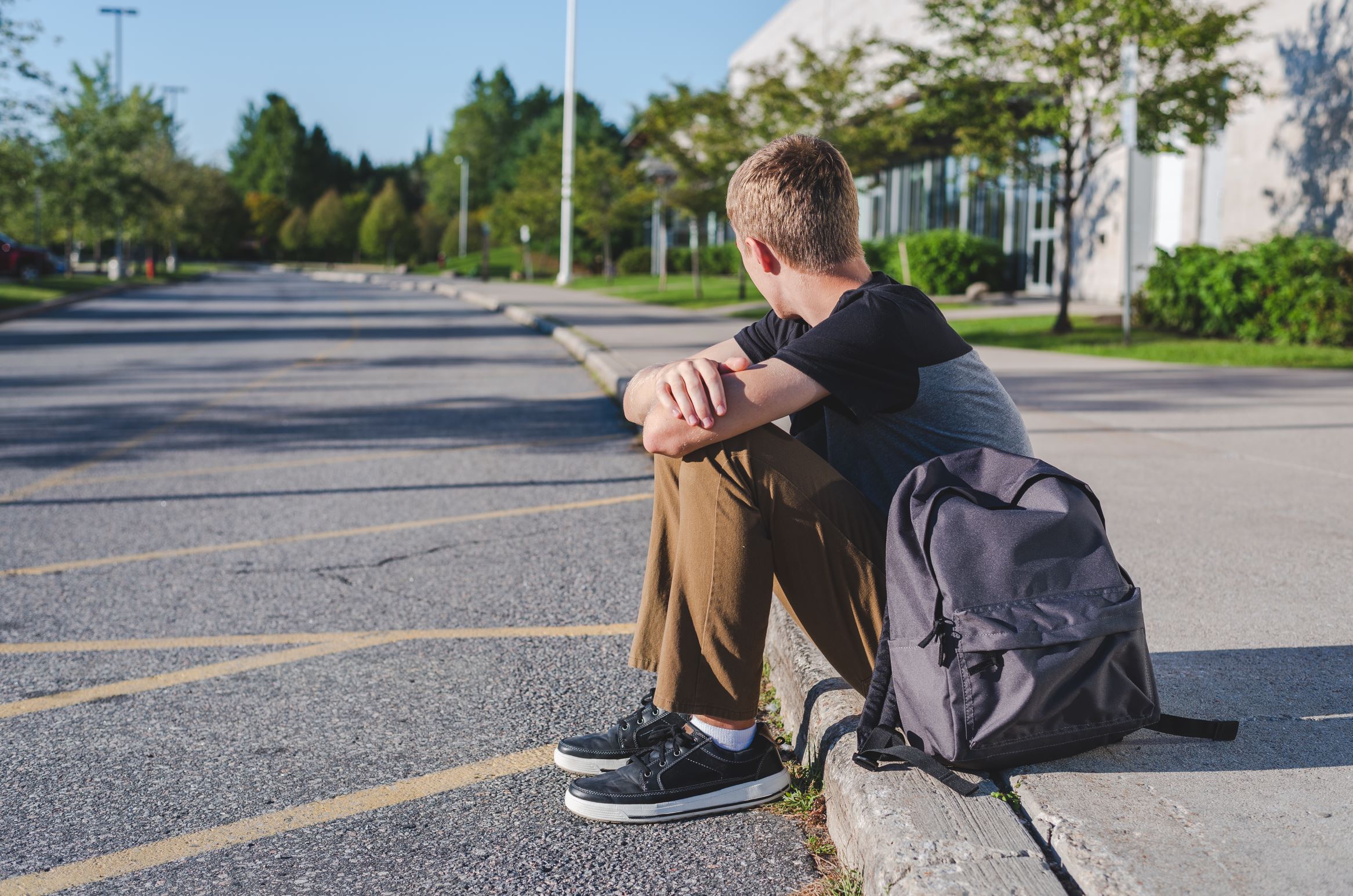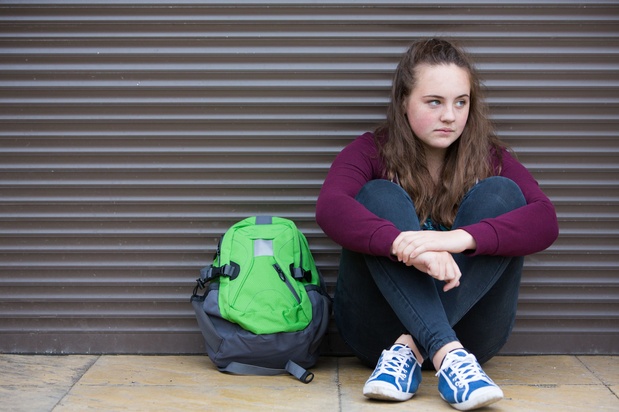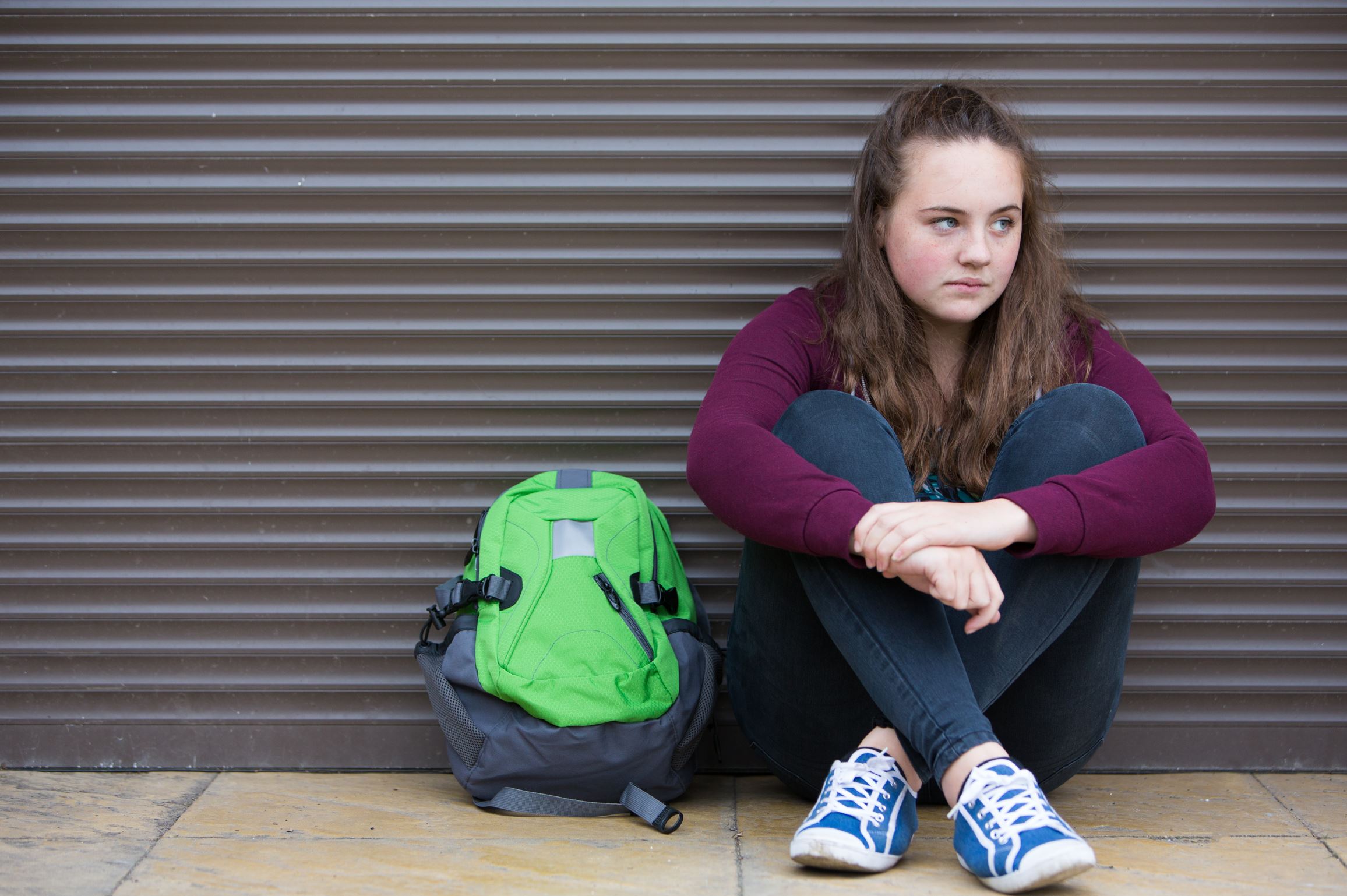Nearly one in ten young people aged 15-19 have experienced homelessness in the past year, a new survey by Mission Australia has found.
And as executive committee member Marion Bennett sees it, it’s near impossible to focus in class when you’re unsure where you will be sleeping that night, or when you’re preoccupied with working out how you’re going to study in a place full of noise, crowding and chaos once the school day is over.
“I think it’s shocking, there’s no other way of saying it…” Bennett says of the key finding.
And more often than not, the job of identifying vulnerable students falls on teachers, she adds.
“We don’t expect teachers to be social workers, but often, they are first to know when a student is struggling – and that might be for a range of reasons.
“But, I think reports like this show just how prevalent homelessness is amongst this age group, and so it’s really important for teachers to be aware that if a student is disengaging, or is acting up, or is behaving unusually, the cause may well be that they’re worried about where to go when the school bell rings.
“Are they going somewhere that’s not safe? Are they going somewhere where they can’t study? Are they sleeping out? Are they sleeping on a friend’s sofa one night, but they don’t know whether they’re going to be welcomed the following night?” she poses.
The research deemed participants homeless if they had no fixed address for a period of time, had lived in a refuge or transitional accommodation, or had spent time away from home because they felt they could not return.
The study found young people who have experienced homelessness were significantly more likely to have changed schools in the last three years compared to those with stable housing.
And in fact, a third (34 per cent) of those who had been homeless had changed schools two or more times in this period, compared to 14 per cent of their peers.
Bennett says the constant switching of schools is ‘tremendously disruptive’ to a child’s education.
“Having said that, I think we do also need to recognise the strengths and resilience of young people.
“So even young people who had had an experience of homelessness over the past year, almost nine in 10 of those were still engaged in full-time or part-time studies.”
This statistic speaks volumes, Bennett suggests.
“I think that shows, and we certainly know from talking with the young people that we work with, that they really want to get on in life – they really want to study, they can see the value of education.
“But just the constant churn of schools or … of homes or housing, and the fear of losing housing, can be a significant barrier to their success.”

Mission Australia have called on state and territory governments to implement a screening tool in schools to identify those children at imminent risk.
Some 22 per cent of those experiencing homelessness found their housing situation to be inadequate as a space to do homework and study with minimal distractions.
For young people with stable housing, 5.3 per cent reported the same problem.
And when it comes to mental health challenges, 57 per cent of those who had experienced homelessness flagged this as a barrier to their education or work goals.
Bennett says homelessness can exacerbate existing mental health conditions and, in some cases, act as a trigger for them as well.
“…all too often, without having a stable housing situation, [students] are not able to find that support (they need from peers and family).
"And so that just compounds the difficulty,” she says.
Mission Australia have called on all governments to implement a national screening tool in schools to identify those children at imminent risk.
Bennett says it’s currently a ‘mixed picture’ in terms of how effectively schools are picking up these children and ushering them on to local support services.
“All too often, some students just fly under the radar.
“Teachers are busy, they may not pick up that a student actually has got nowhere stable to live, or they might realise that that’s happening, but not know how to refer them on.
“Or sometimes, unfortunately, there’s not enough support services to help those young people.”
Mission Australia says that young people are over-represented in the nation’s homeless population.
Last year alone, more than 52,000 15-24 year-olds sought help from a homelessness service.
Around 17,000 are turned away from support services each year because they are at capacity, the charity has flagged.
“We know what works. The problem is that [screening and referral is] not being done on a consistent, large scale, and it’s left to individual schools and teachers and school counsellors to try and step in and identify the kids who are struggling and link them into homes and support.
“All too often that just doesn’t happen and they fall between the cracks,” Bennett says.
Early intervention is absolutely critical, she emphasised.
“If we can keep young people’s experiences of homelessness to be brief, and if we can quickly jump in with help, then we can stop, in some cases, a lifetime of misery.
“We know that they want to learn, they want to get on with their lives – if we can step in quickly and make sure that their experience of homelessness is not long and not drawn out, then they’ve got really good prospects for bouncing back…”
Sharon Callister, CEO of Mission Australia, says the study “demonstrates the harrowing impact of homelessness on young lives”, and suggests more needs to be done to address the systemic drivers.
“It should be unacceptable for any young person on the cusp of adulthood to be forced to experience homelessness in Australia,” she adds.
“Every young person deserves a safe, secure home as a launchpad into adulthood. Empowering young people to start their journey to adulthood on a solid footing can transform lives.”















